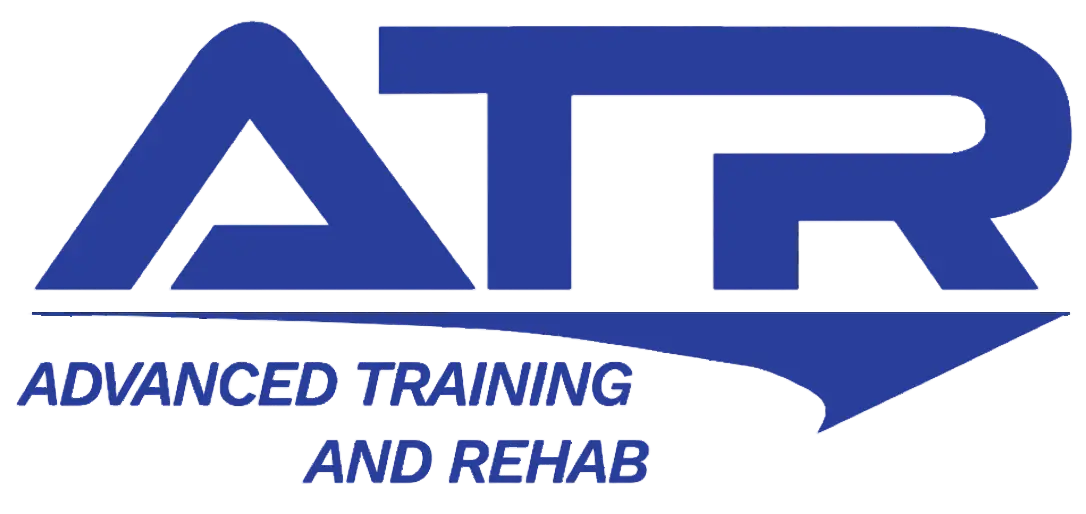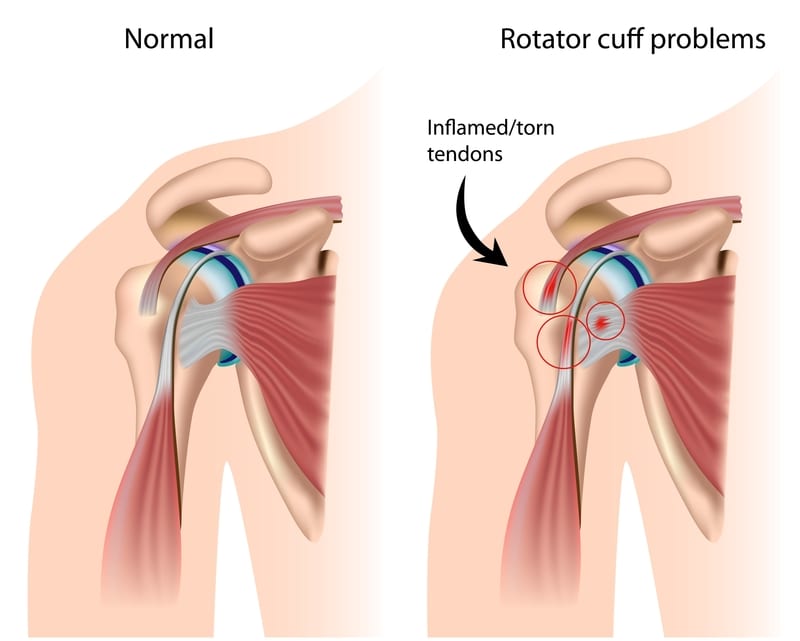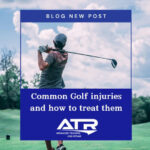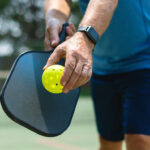What is Rotator Cuff Tendinopathy?
The rotator cuff is a group of 4 muscles/tendons that form a ‘cuff’ at the shoulder joint and work together to stabilize and provide strength to the shoulder.
What is Rotator Cuff Tendinopathy?
Rotator Cuff Tendinopathy is a general term used to describe pain and weakness of the shoulder due to excess force to the rotator cuff muscles and tendons. The rotator cuff tissues become irritated from this excess force and can lead to progressively worsening pain and limited shoulder movement.
Who gets it?
Rotator cuff tendinopathy is a very common cause of shoulder pain. It is especially common in people who perform repetitive overhead movements (throwing, painting, etc.) and/or heavy lifting. Risk increases with age.
Symptoms
- A dull ache or throbbing in the shoulder
- Pain that is aggravated with reaching overhead
- Difficulty or weakness with reaching above shoulder height
- Stiffness in the shoulder joint
- A click or pop heard in the shoulder with movement
How can physical therapy help?
Physical therapy can help reduce pain and irritation of the rotator cuff and improve shoulder strength, stability, and mobility through the use of modalities, exercise, manual therapy, and posture retraining.
- Common modalities: heat, ice, electrical stimulation, ultrasound
- Manual therapy techniques: soft tissue mobilization/massage, myofascial release, manual stretching, taping, joint mobilization
- Exercises: range of motion, resistance/strengthening, stability, endurance. Physical therapy will progress you to an appropriate level of activity and strength based on your desired activities.
- Posture training:
Rotator cuff tendinopathy is a general term and each case may present differently. It is important that your physical therapist appropriately evaluates your unique condition and forms/executes a treatment plan that takes your particular impairments into account.
Examples of Exercises
Wall walks: Face wall with hand gently resting on the wall at waist level. Slowly walk hand/arm up wall until you feel a stretch in shoulder, hold for 5-10 seconds, repeat 10 times
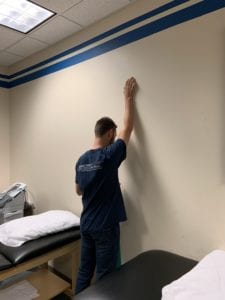
Theraband rows: Hold band in each hand with arms outstretched, squeeze shoulder blades together and bend elbows to pull band towards you, slowly return to start, repeat for 10-20 repetitions.
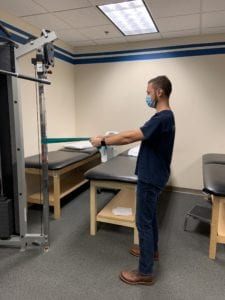
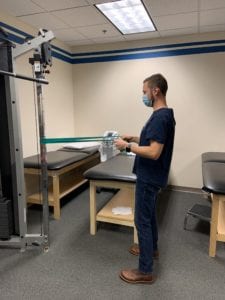
Therband External Rotation: Hold band with arm by side and elbow bent to 90 degrees, rotate arm away from body, slowly return to start, repeat for 10-20 repetitions.
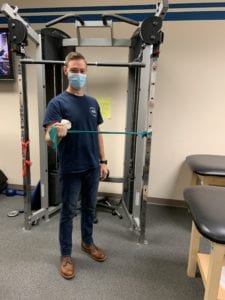
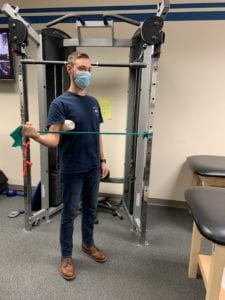
Theraband Internal Rotation: Hold band with arm by side and elbow bent to 90 degrees, rotate arm towards body, slowly return to start, repeat for 10-20 repetitions.
These are just the basics! A full course of Physical Therapy will progress to more dynamic and functional activities including weight bearing, lifting overhead, and carrying. The ultimate goal is to help you understand the best strategies to manage your symptoms and get you back to your desired activities!
Not all rotator cuff injuries are able to be complete resolved with Physical Therapy. As your therapist continues to evaluate your progress and symptoms he or she will be able to guide you through the decision making process to decide if a surgical repair is necessary.
Author: Chris Sorgoni, PT DPT
